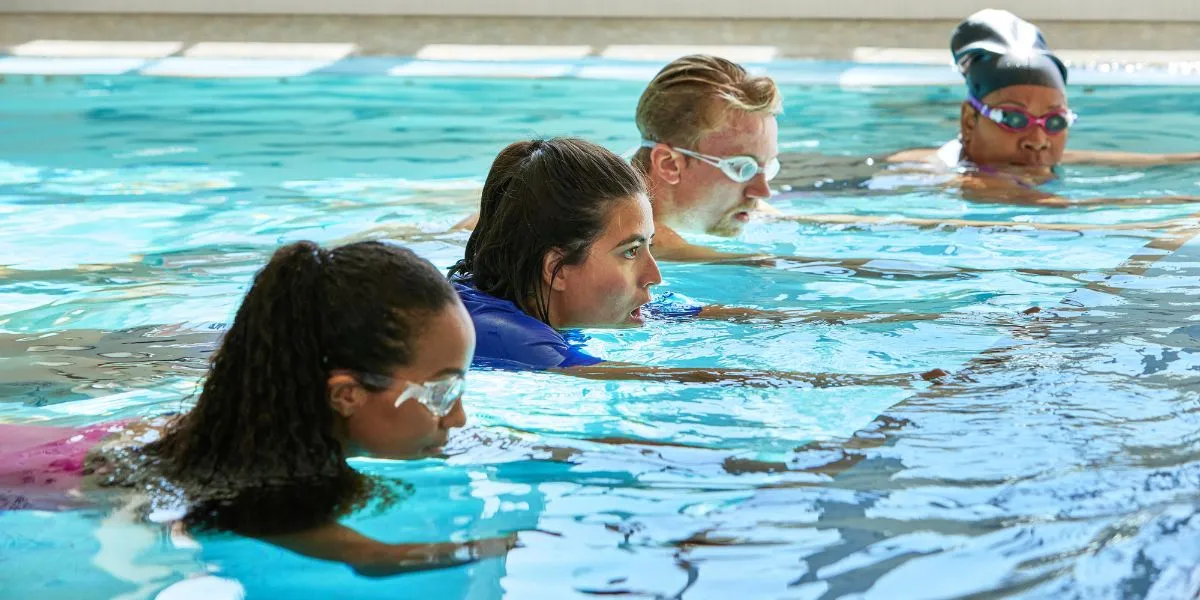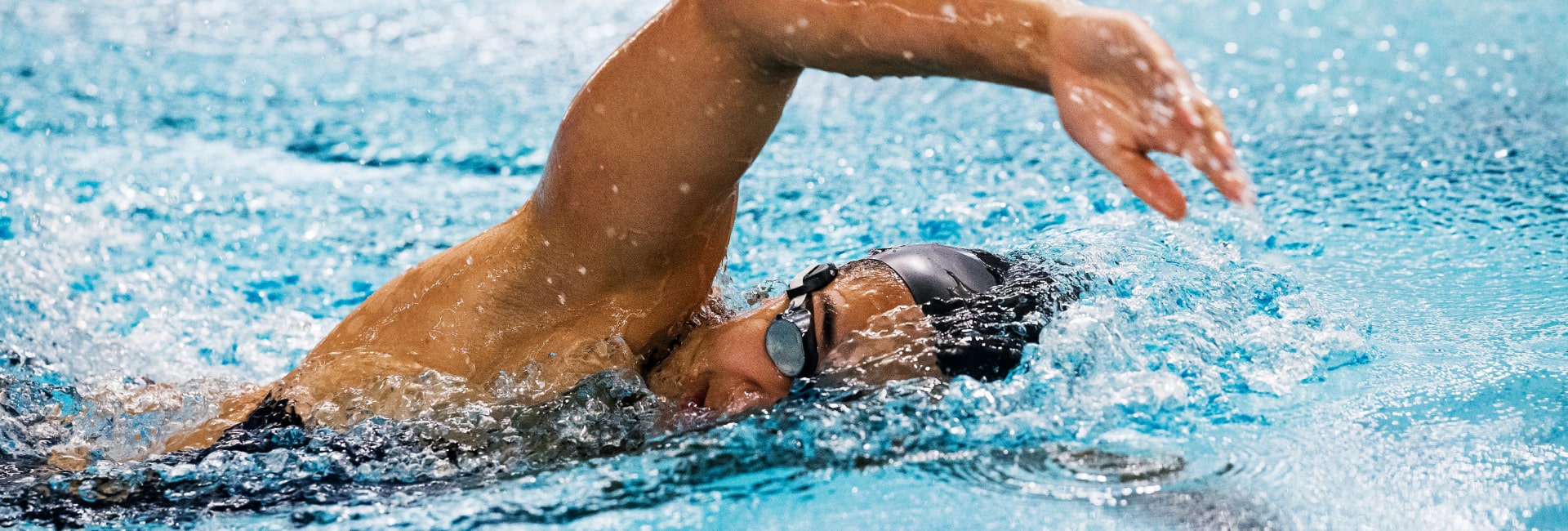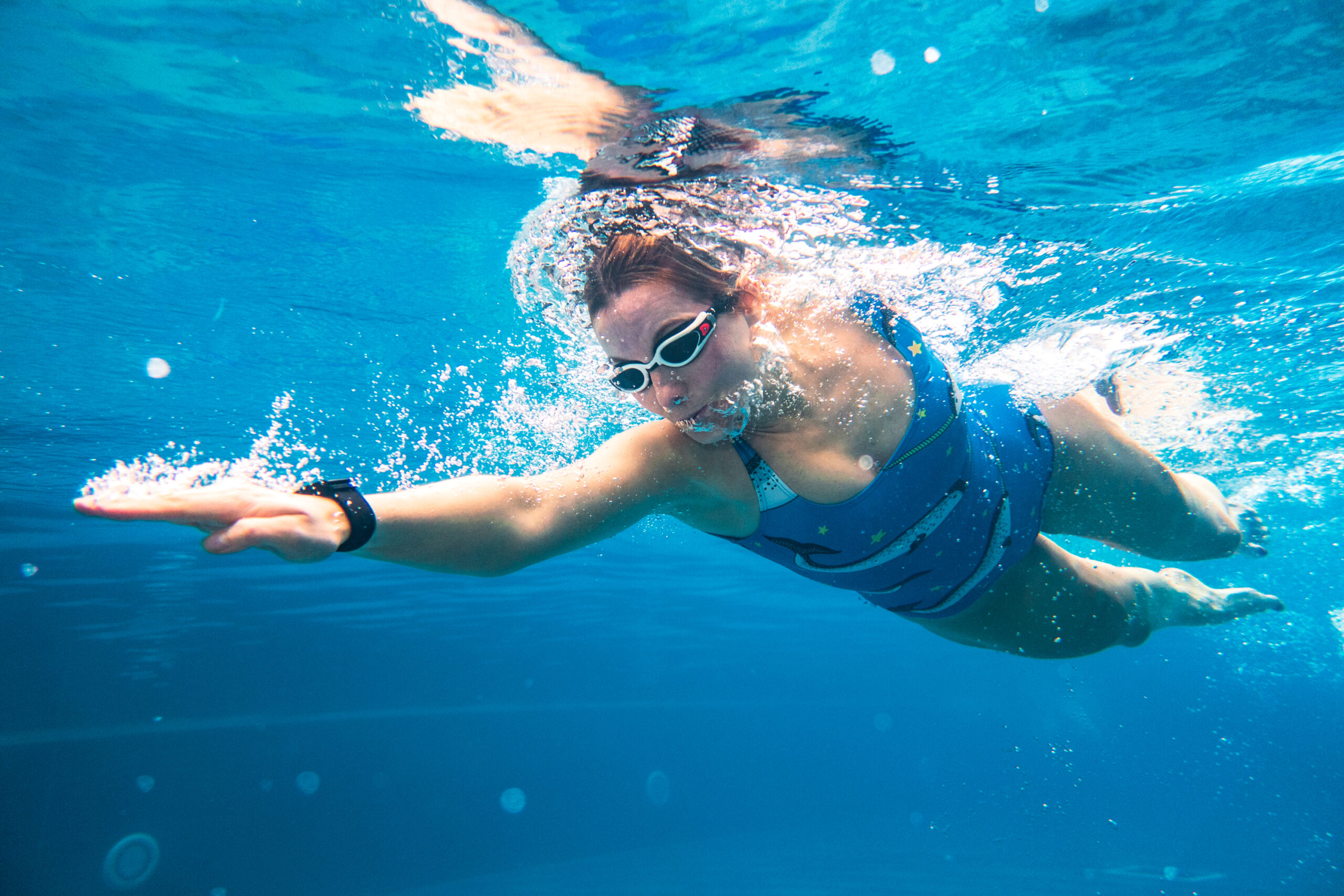Memory, the intricate tapestry of our past experiences, knowledge, and identities, is fundamental to our daily lives. It allows us to navigate the world, connect with others, and understand who we are. When this vital faculty begins to fade, the impact on individuals can be profound and far-reaching, touching every aspect of their existence. Memory loss, whether a gradual erosion or a sudden disruption, is not merely about forgetting; it’s about a fundamental shift in how a person experiences and interacts with the world and themselves.
The initial stages of memory loss can be subtle, often dismissed as mere forgetfulness or the স্বাভাবিক consequence of aging. Misplacing keys, struggling to recall names, or needing reminders for appointments might seem like minor inconveniences. However, for the individual experiencing these lapses, a seed of unease is often planted. The frustration of a mind that no longer reliably holds onto information can lead to feelings of anxiety, self-doubt, and a growing awareness that something is amiss.
As memory loss progresses, its impact intensifies, permeating daily routines and eroding independence. Simple tasks that were once automatic, like following a recipe, managing finances, or remembering to take medication, become significant challenges. This can lead to increased reliance on others, a loss of autonomy, and a profound sense of vulnerability. The inability to recall recent events can cause confusion and disorientation, making familiar environments feel alien and routine activities feel overwhelming.
The social and emotional toll of memory loss is equally significant. Communication becomes increasingly difficult as individuals struggle to find the right words, follow conversations, or remember shared experiences. This can lead to social withdrawal, isolation, and feelings of loneliness. Relationships with family and friends can be strained as loved ones grapple with the changes in the individual’s cognitive abilities and the emotional challenges that arise. The person experiencing memory loss may feel misunderstood, frustrated by their limitations, or even embarrassed by their forgetfulness.
Furthermore, memory loss strikes at the core of personal identity. Our memories shape who we are, providing a sense of continuity and connection to our past. As these memories fade, individuals may struggle to recognize loved ones, recall significant life events, or even understand their own history. This erosion of personal narrative can lead to feelings of detachment, confusion about one’s place in the world, and a profound sense of loss of self.
The impact of memory loss is not uniform; it varies depending on the cause, the stage of progression, and the individual’s personality and support system. Memory loss resulting from a sudden brain injury, for instance, can present differently from the gradual decline associated with neurodegenerative conditions like Alzheimer’s disease. In cases of amnesia, specific periods of time or types of memories may be affected, while in dementia, a broader range of cognitive abilities often declines alongside memory.
Living with memory loss also presents significant emotional challenges. Individuals may experience a wide spectrum of emotions, including sadness, anger, frustration, fear, and grief. They may grieve the loss of their former abilities, the changes in their relationships, and the uncertainty of the future. It is crucial for caregivers and loved ones to approach these emotions with empathy, patience, and understanding, providing a supportive and validating environment.
The impact extends beyond the individual to their caregivers and families. Caring for someone with memory loss can be emotionally and physically demanding, requiring significant adjustments to daily life and relationships. Caregivers often experience their own feelings of grief, frustration, and exhaustion as they navigate the challenges of supporting their loved one.
While there is currently no cure for many progressive forms of memory loss, there are strategies and supports that can help individuals and their families cope with its impact. These include memory aids, structured routines, environmental modifications, and therapeutic interventions aimed at preserving cognitive function and enhancing quality of life. Support groups and educational resources can also provide invaluable assistance to both individuals with memory loss and their caregivers.
In conclusion, memory loss is far more than a simple inconvenience; it is a profound and life-altering experience that affects individuals on cognitive, emotional, social, and personal levels. Understanding the multifaceted impact of memory loss is crucial for fostering empathy, providing appropriate support, and promoting dignity and well-being for those living with this silent thief of the mind. By recognizing the challenges they face and offering compassionate care, we can help individuals with memory loss navigate their journey with greater comfort and connection.



